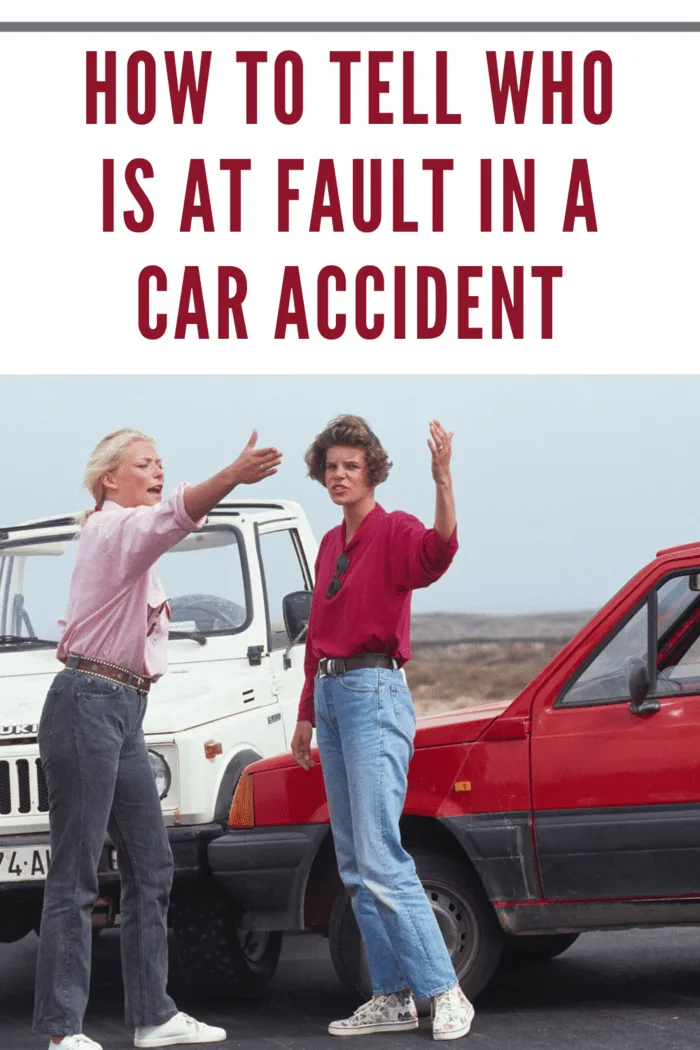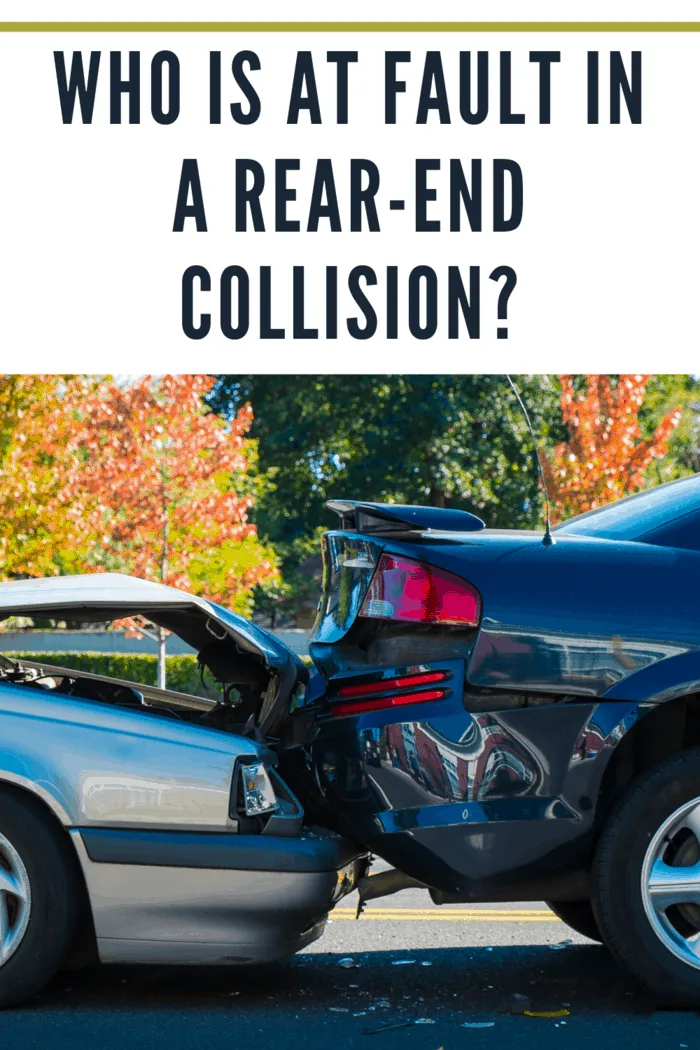Are you overdue for a car crash?
While that’s a terrifying thought, Forbes says that on average, you’ll experience some type of car accident every 17.9 years.
That means if you got your license when you were 16, statistics say you’ll experience a crash by the time you turn 34 years old.
Hopefully, statistics are wrong, and you’ll never have to deal with the aftermath of a car crash.
However, since you’re reading this article, it’s likely a car accident is already affecting your life in some way.
. Being involved in or causing a car accident can affect your life in many different ways, which is why it’s best if you’re knowledgeable about this topic so you’ll know what to do once it happens to you.
Being involved in or causing a car accident can affect your life in many different ways, which is why it’s best if you’re knowledgeable about this topic so you’ll know what to do once it happens to you.
For those looking to prepare for possible car accidents or repair after one, we can help.
The information presented in this article will help you determine who is at fault during car accidents, so you’ll know what to do and not to do when you’re involved in one—regardless of whether you’re the party at fault or the injured party.
Read on to find out how to tell who is at fault in a car accident.
How to Tell Who Is at Fault in a Car Accident
It doesn’t matter what type of car accident you’re in, and you should always gather evidence to prove your innocence.
If there are a lot of injuries or damages, find an auto accident injury lawyer who will fight for you.
An experienced lawyer will be able to help you get the compensation you deserve. They have years of experience handling different car accident cases, which means that they’ll know what documents to prepare and statements to make to prove your innocence.
Even when the other driver is clearly at fault, their insurance company may try to reduce your claim by assigning some of the liability to you.
If you don’t gather the right evidence, your damages and injuries could suffer the payout you receive. In worse cases, you might not have any idea on how you can handle these insurance companies and what statements to make when they reach out to you to ask questions.
To prevent insurance adjusters from assigning any liability to you, you’ll need to do your due diligence to prove your innocence.
How can you do prove you not at fault in a car accident?
Photographs are one of the best ways.
After calling the police, you’ll want to start gathering your own photographic evidence.
First, take photos with your cell phone at the accident scene.
You’ll want to take pictures of your car, the other car, and the positions of all the cars at the scene. Don’t move anything or allow the other party to move anything at the scene.
Next, take any photos of the road and any obstructions that might be in it.
If you or any passengers have injuries, it’s a good idea to get photos of the injuries as well.
Finally, get photos showing the street signs and photos that show what the weather was like.

How to Prove a Car Accident Wasn’t Your Fault
It doesn’t matter what type of car accident you’re in, and you should always gather evidence to prove your innocence.
If there are a lot of injuries or damages, find an auto accident injury lawyer who will fight for you
An experienced lawyer will be able to help you get the compensation you deserve.
They have years of experience in handling different car accident cases, which means that they’ll know what documents to prepare and statements to make to prove your innocence.
Even when the other driver is clearly at fault, their insurance company may try to reduce your claim by assigning some of the liability to you.
If you don’t gather the right evidence, your damages and injuries could suffer the payout you receive.
In worse cases, you might not have any idea on how you can handle these insurance companies and what statements to make when they reach out to you to ask questions.
To prevent insurance adjusters from assigning any liability to you, you’ll need to do your due diligence to prove your innocence.
How can you do prove you were not at fault in a car accident?
Photographs are one of the best ways.
After calling the police, you’ll want to start gathering your own photographic evidence.
First, take photos with your cell phone at the accident scene.
You’ll want to take pictures of your car, the other car, and the positions of all the cars at the scene.
Don’t move anything or allow the other party to move anything at the scene.
Next, take any photos of the road, and any obstructions that might be in it.
If you or any passengers have injuries, it’s a good idea to get photos of the injuries as well.
Finally, get photos showing the street signs and photos that show what the weather was like.

Who Is at Fault in a Rear-End Collision?
Determining fault in a rear-end collision is often an easy process.
First, the law almost always supports the driver upfront.
Second, the vehicle damage typically makes it clear who’s at fault.
If one car has damage to the front of their vehicle, and the other car has damage to the rear of their vehicle, it’s easy to see who hit who.
Now, the rear driver can argue that they did so because the upfront driver stopped too quickly.
The rear driver may also argue that they hit the car in front of them because a car behind them pushed their vehicle forward.
However, neither argument matters.
When a car hits another car from behind, it’s almost always because they were driving too closely.
Driving too close to the car in front of you is negligent, and therefore the tailgating driver is at fault.

Different Approaches to Determining Fault
When it’s not obvious, who’s at fault, there may be multiple entities trying to make the decision.
Each entity has a different approach when assigning responsibility for the crash.
Police Process for Determining Fault
Police officers start by interviewing the drivers and any witnesses who saw the car accident.
Once the police officer determines they have enough information, they’ll turn in their report.
Inside the police report, there may be a statement about who’s at fault based on the officer’s professional opinion.
However, it’s important to understand that not every police report will include a statement about who’s at fault.
Insurance Companies Process for Determining Fault
When someone files a car accident claim with their insurance company, the company finds an adjuster to assign the claim to.
The adjuster is responsible for overseeing the entire investigation surrounding the accident.
The insurance adjuster will speak to witnesses, review medical reports, and study vehicle damage.
After conducting their investigation, the adjuster uses a percentage system to determine fault.
Instead of assigning 100% fault to any one driver, the adjustor will split the fault up based on their investigation.
By splitting up the fault, insurance companies can reduce payouts to the injured parties.
Court Process for Determining Fault
When someone files a lawsuit after a car accident, it’s up to the court system to determine who is at fault.
When this happens, the court will decide whether or not the defendant was negligent.
A judge or a jury will make their determination based on the evidence provided.
Drive with Confidence
Now you know the truth about how to tell who is at fault in a car accident.
What’s one new thing you were able to learn from our article today?
Was it that police don’t always determine fault or better understand how insurance adjusters operate?
The more you understand how to deal with the aftermath of an accident, the easier it is to drive with confidence.
For more information to make your life easier, go ahead and read a few more of our articles.
Resources:
https://en.wikipedia.org/wiki/Presumption_of_guilt
https://www.joestephenslaw.com/car-accident-lawyer-houston-tx/
https://sheengroup.com.au/panel-beaters/not-at-fault
https://www.nsc.org/driveithome/dih-blog/the-4-types-of-tailgaters-and-how-to-avoid-them
